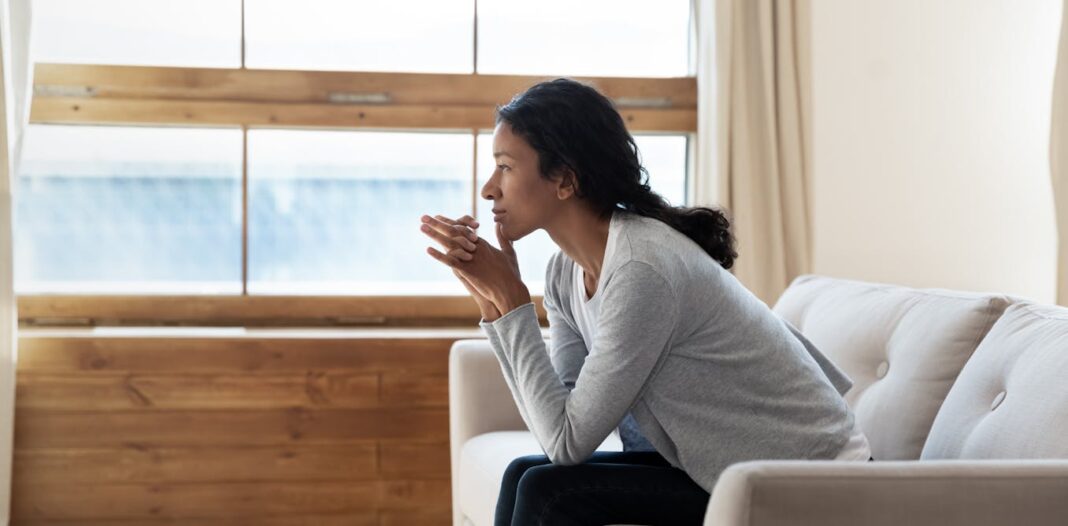The Basics
The test is developed by a Sydney-based company called Touch Biotechnology. We don’t yet know how much retailers will charge for it, but people will need to pay for the test out-of-pocket (Medicare only subsidizes pathology tests done in a lab).
Who should take this test?
Most people who contract chlamydia won’t have any symptoms. But the infection can sometimes cause burning when you pass urine, vaginal discharge, unusual vaginal bleeding, and pelvic pain. Gonorrhoea usually doesn’t cause any symptoms when it’s in the vagina, but it can similarly cause vaginal discharge, bleeding, and pain. All this means you don’t need to have any symptoms to take a test.
How accurate is the test?
The TGA has strict criteria about how accurate at-home STI tests need to be. They must have a sensitivity of at least 95%, meaning they correctly identify at least 95% of positive cases. Touch Biotechnology states the at-home chlamydia and gonorrhoea test has more than 99% sensitivity. However, the research underpinning this figure has not been published in a peer-reviewed journal.
At-home STI tests are not entirely new
While this represents an exciting innovation in sexual health, at-home testing for STIs is not a completely new thing in Australia. HIV self-tests have been available for purchase in Australian pharmacies since 2021. These tests involve extracting a small amount of blood from your fingertip.
Some things to consider
When you see a clinician such as a doctor or nurse for a sexual health check-up, they can discuss a range of issues with you including contraception, STIs, vaccinations, and other methods of prevention. At-home tests should not replace discussing your sexual health and wellbeing with a clinician.
Conclusion
The at-home chlamydia and gonorrhoea test is a new innovation in sexual health, providing individuals with the ability to take charge of their sexual health. With the test’s high accuracy and ease of use, it is an important step in reducing the spread of STIs and improving overall health outcomes. However, it is essential to remember that at-home tests are limited to chlamydia and gonorrhoea only, and individuals should still discuss their sexual health and wellbeing with a clinician.
Frequently Asked Questions
- How does the test work?
- The test involves inserting a swab into the vagina, mixing it with two different solutions, and then placing a few drops of the mixed solution into two separate wells on a cassette. The result can be read after about 15 minutes.
- What are the symptoms of chlamydia and gonorrhoea?
- Chlamydia and gonorrhoea can cause a range of symptoms including burning during urination, vaginal discharge, unusual vaginal bleeding, and pelvic pain.
- How accurate is the test?
- The test has a sensitivity of over 99%, meaning it correctly identifies at least 95% of positive cases. However, the research underpinning this figure has not been published in a peer-reviewed journal.
- What if I get a positive result on the home test?
- If you get a positive result on the home test, you will need to see a doctor for further testing and advice on treatment.
- Can I use an at-home test for other STIs?
- No, the test is currently only available for chlamydia and gonorrhoea. If you have symptoms that are worrying you, it is possible you may have another STI, or a different medical issue.





